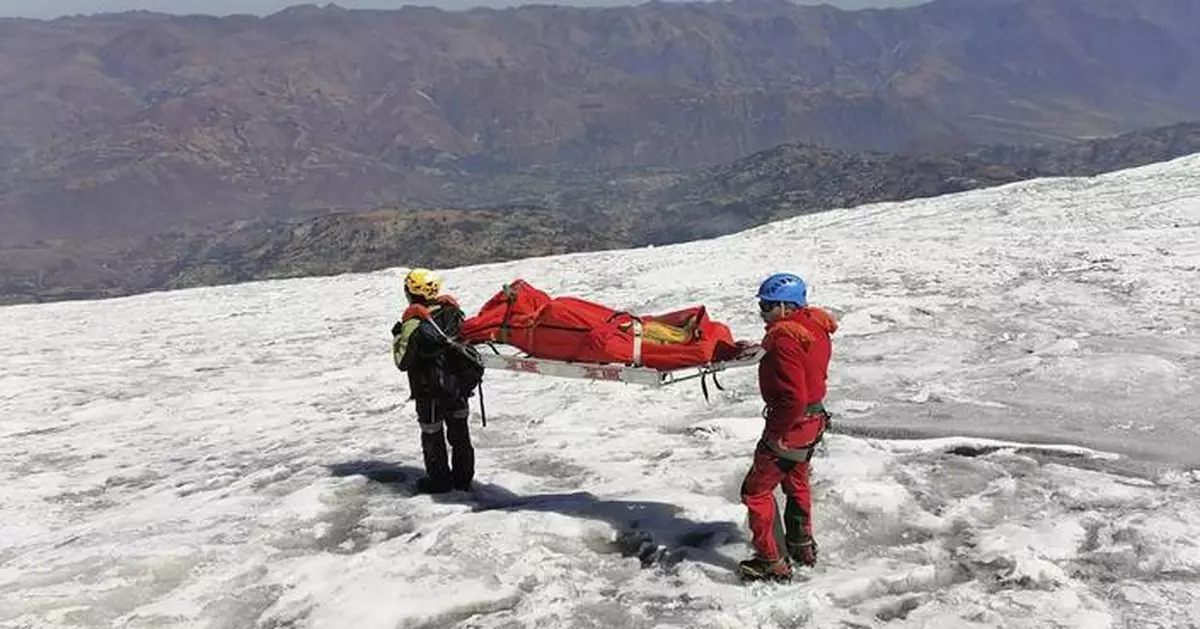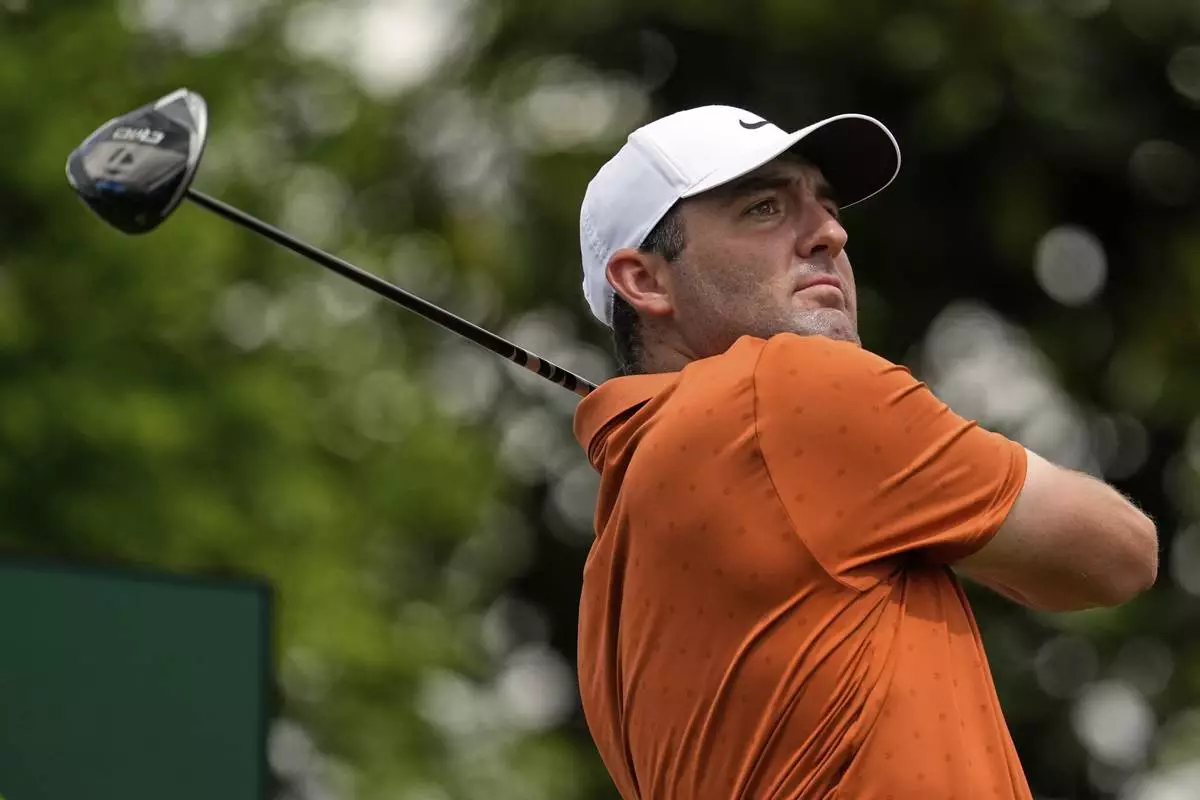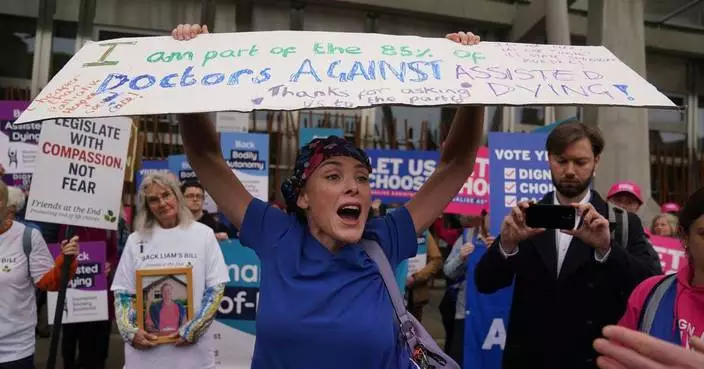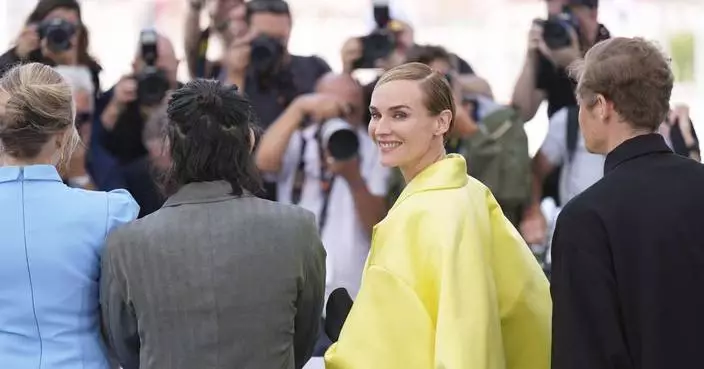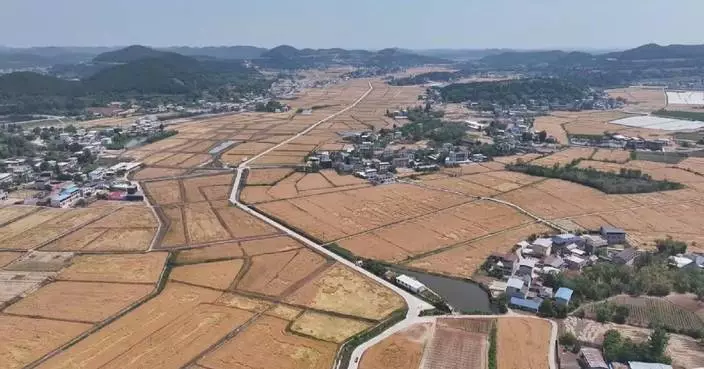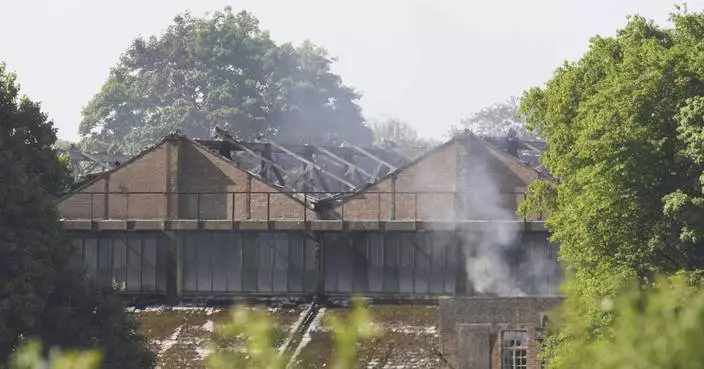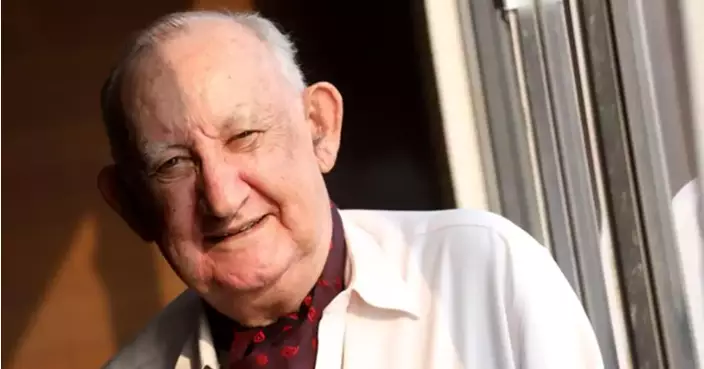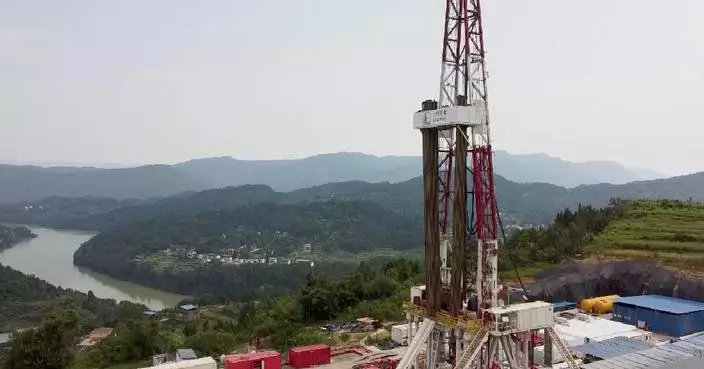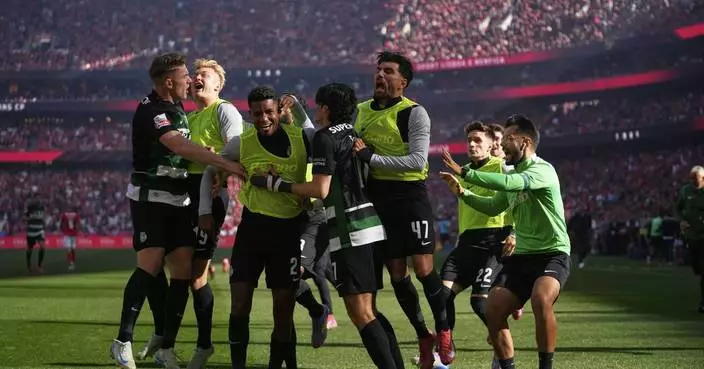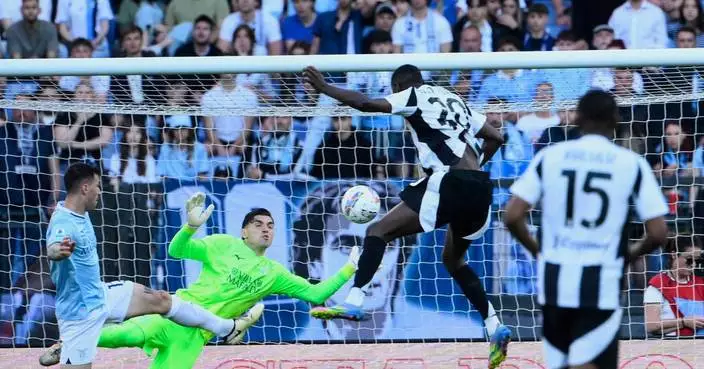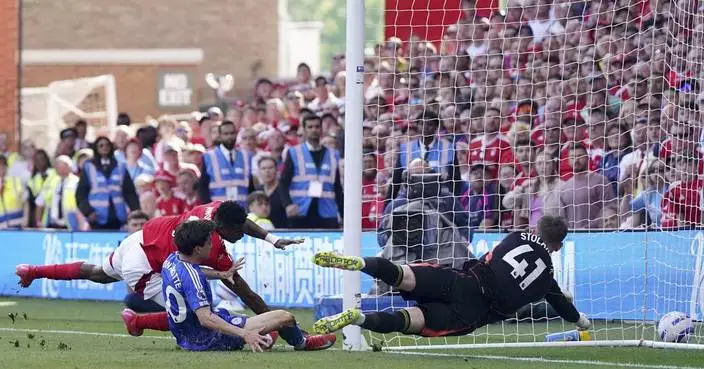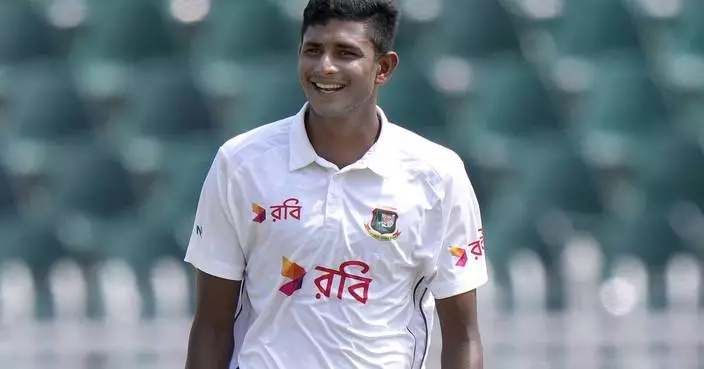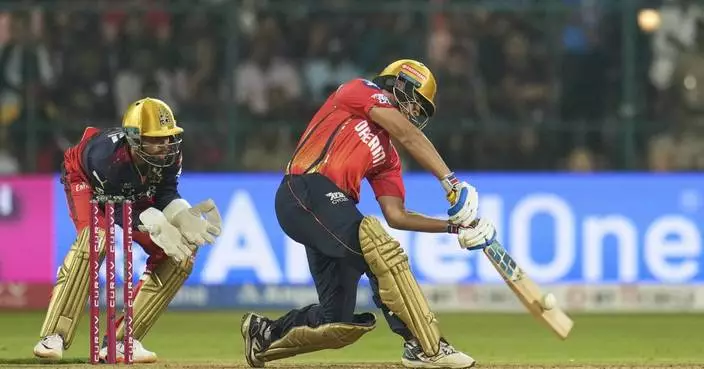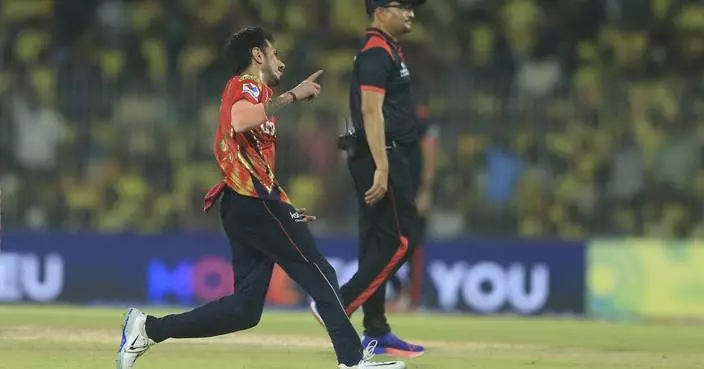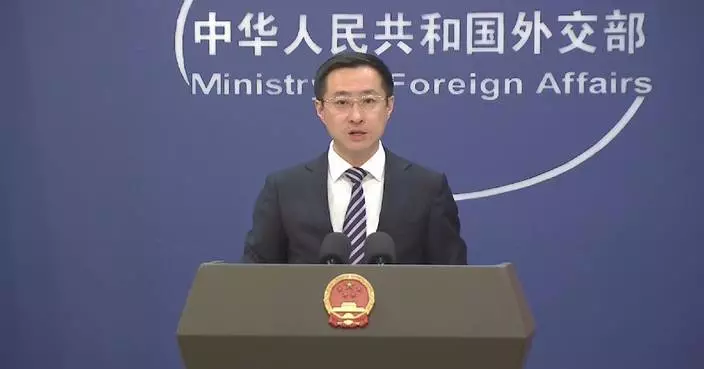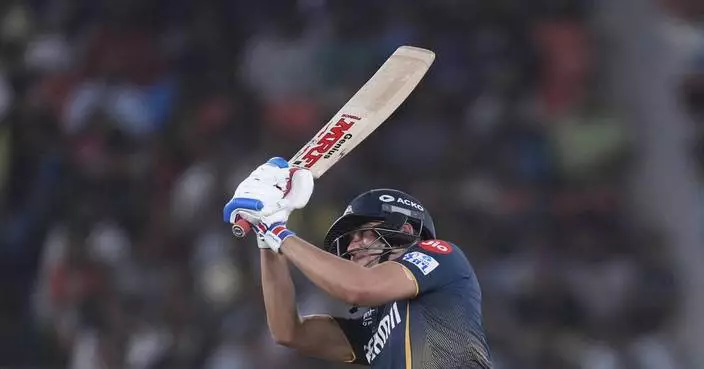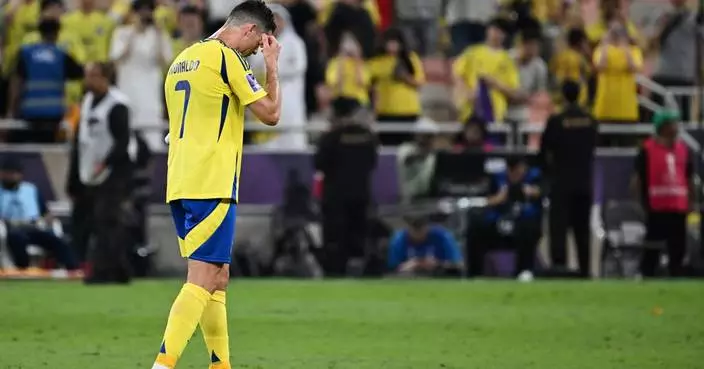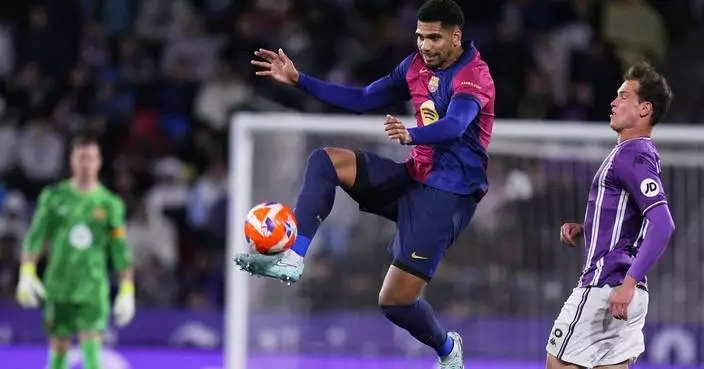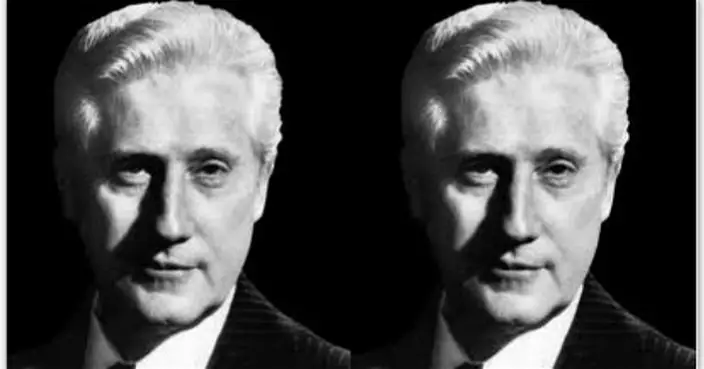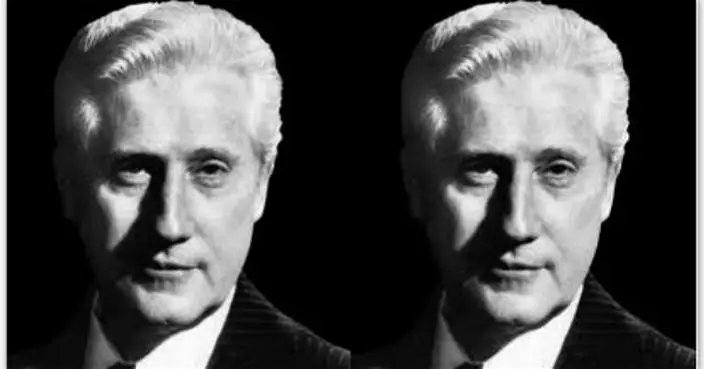LIMA, Peru (AP) — Twenty two years ago, an avalanche buried American climber Bill Stampfl as he made his way up one of the highest peaks in the Andes mountains.
His family knew there was little hope of finding him alive, or even of retrieving his corpse from the thick fields of snow and the freezing ice sheets that cover the 6,700-meter (22,000-foot) tall Huascaran peak.
But in June, Stampfl's son got a call from a stranger, who said he had come across the climber's frozen, and mostly intact body, as he made his own ascent up Huascaran.
“It was so out of left field. We talk about my dad, we think about him all the time,” Joseph Stampfl said. “You just never think you are going to get that call.”
He then shared the news with his family.
“It's been a shock” said Jennifer Stampfl, the climber's daughter. “When you get that phone call that he’s been found your heart just sinks. You don’t know how exactly to feel at first.”
On Tuesday, police in Peru said they had recovered Stampfl's body from the mountain where he was buried by the avalanche in 2002, when the 58-year-old was climbing with two friends who were also killed.
A group of policemen and mountain guides put Stampfl's body on a stretcher, covered it in an orange tarp, and slowly took it down the icy mountain. The body was found at an altitude of 5,200 meters (17,060 feet), about a nine-hour hike from one of the camps where climbers stop when they tackle Huascaran's steep summit.
Jennifer Stampfl said the family plans to move the body to a funeral home in Peru's capital, Lima, where it can be cremated and his ashes repatriated.
“For 22 years, we just kind of put in our mind: ’This is the way it is. Dad’s part of the mountain, and he’s never coming home,'" she said.
Police said Stampfl’s body and clothing were preserved by the ice and freezing temperatures. His driver's license was found inside a hip pouch. It says he was a resident of Chino in California’s San Bernardino County.
The effort to retrieve Stampfl's remains began last week, after an American climber came upon the frozen body while making his way to the Huascaran summit. The climber opened the pouch and read the name on the driver's license. He called Stampfl's relatives, who then got in touch with local mountain guides.
Joseph Stampfl said they worked with a Peruvian mountain rescue association to retrieve his father’s body, which was about 915 to 1,200 meters (3,000 to 4,000 feet) below where he and his two friends were believed to have been killed.
“He was no longer encased in ice,” the son said. “He still has got his boots on.”
A team of 13 mountaineers participated in the recovery operation — five officers from an elite police unit and eight mountain guides who work for Grupo Alpamayo, a local tour operator that takes climbers to Huascaran and other peaks in the Andes.
Eric Raul Albino, director of Grupo Alpamayo, said he was hired by Stampfl's family to retrieve the body.
Lenin Alvardo, one of the police officers who participated in the recovery operation, said Stampfl’s clothes were still mostly intact. The hip pouch with his driving license also contained a pair of sunglasses, a camera, a voice recorder and two decomposing $20 bills. A gold wedding ring was still on the left hand.
“I've never seen anything like that" Alvarado said.
Huascaran is Peru's highest peak. Hundreds of climbers visit the mountain each year with local guides, and it typically takes them about a week to reach the summit.
However, climate change has affected Huascaran and the surrounding peaks higher than 5,000 meters, known as the Cordillera Blanca. According to official figures, the Cordillera Blanca has lost 27% of its ice sheet over the past five decades.
Stampfl was with friends Matthew Richardson and Steve Erskine in trying to climb Huascaran in 2002. They had travelled the world to climb challenging mountains and had reached the peaks of Kilimanjaro, Rainier, Shasta and Denali, according to a Los Angeles Times report at the time.
Erskine’s body was found shortly after the avalanche, but Richardson’s corpse is still missing.
Jennifer Stampfl said a plaque in memory of the three friends was placed at the summit of Mount Baldy in Southern California, where the trio trained for their expeditions. She said they may return to the site with her father's remains.
Janet Stampfl-Raymer, who was Stampfl's wife, said that when her husband wasn’t working as a civil engineer, he loved to be a mountaineer.
“He was a kind man. He was humble. He loved God, and he loved the mountains,” she said.
“We all just dearly loved my husband. He was one of a kind,” she said. “We’re very grateful we can bring his body home to rest.”
Stampfl carefully planned his mountaineering expeditions, his daughter said. She also said he was very humble and did not like to draw attention to himself.
“The fact that he is in the news, it is so not my dad,” she said.
Taxin reported from Santa Ana, California.
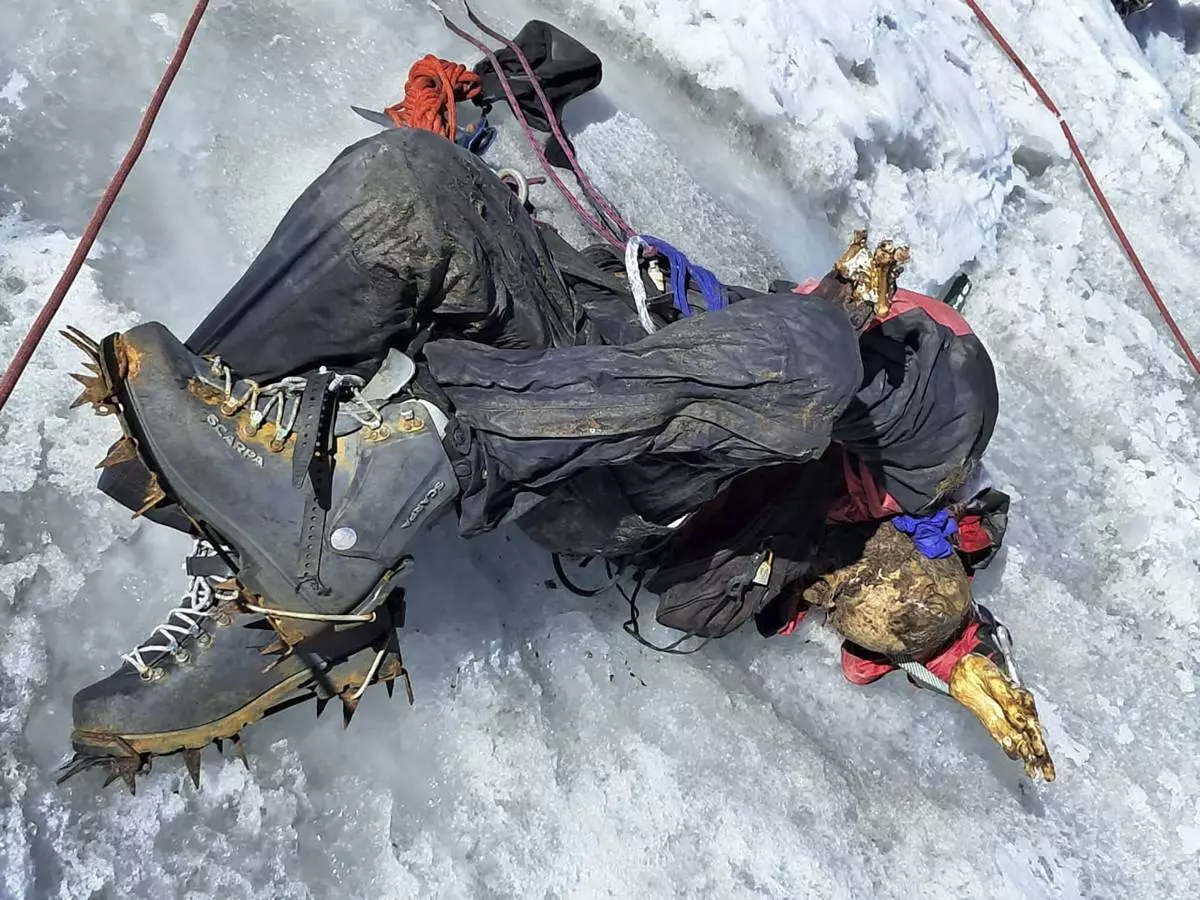
This photo distributed by the Peruvian National Police shows the remains of who police identify as U.S. mountain climber William Stampfl, on Huascaran mountain in Huraz, Peru, July 5, 2024. Peruvian authorities announced on Tuesday, July 9, 2024, that they have found the mummified body of the American man who died 22 years ago, along with two other American climbers, after the three were trapped in an avalanche while trying to climb Peru's highest mountain. (Peruvian National Police via AP)
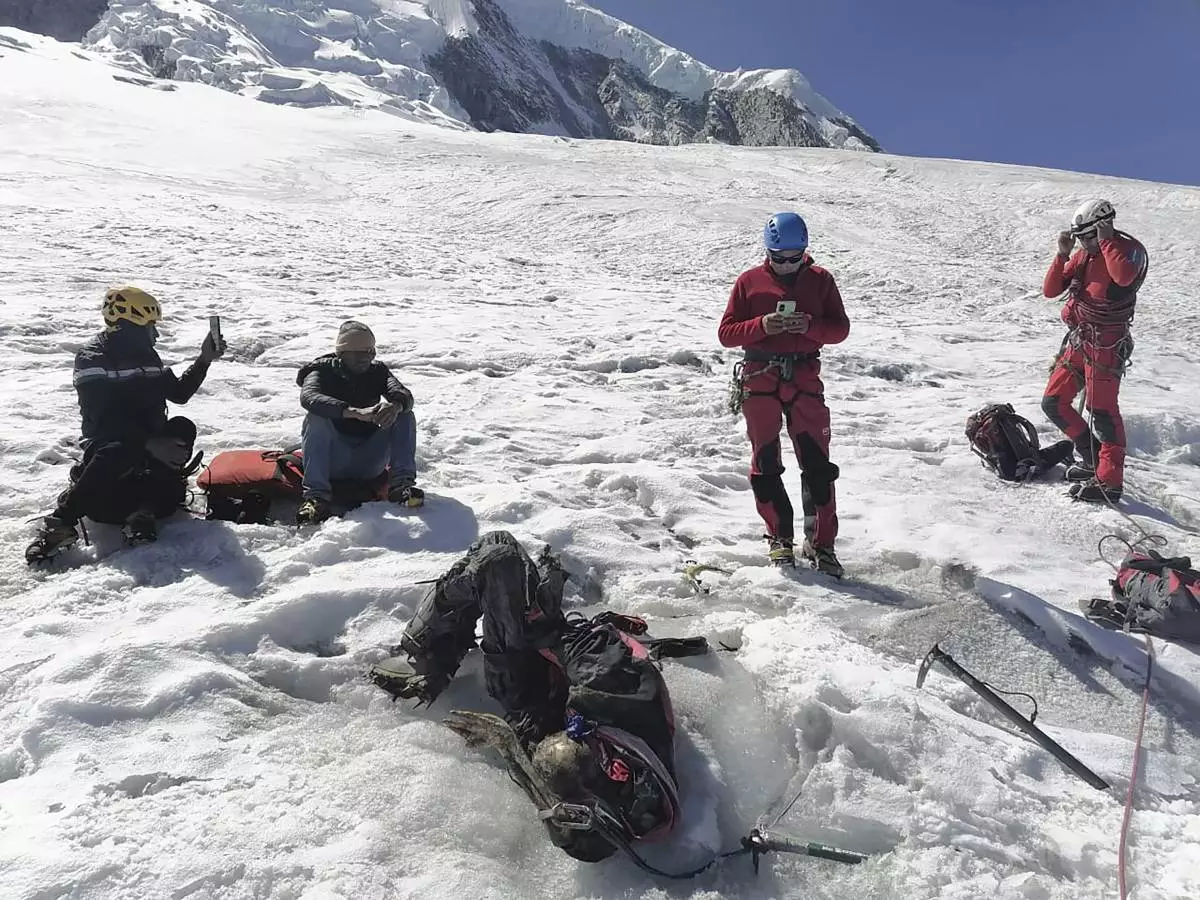
This photo distributed by the Peruvian National Police shows officers surrounding the body of who they identify as U.S. mountain climber William Stampfl, on Huascaran mountain in Huraz, Peru, July 5, 2024. Peruvian authorities announced on Tuesday, July 9, 2024, that they have found the mummified body of the American man who died 22 years ago, along with two other American climbers, after the three were trapped in an avalanche while trying to climb Peru's highest mountain. (Peruvian National Police via AP)
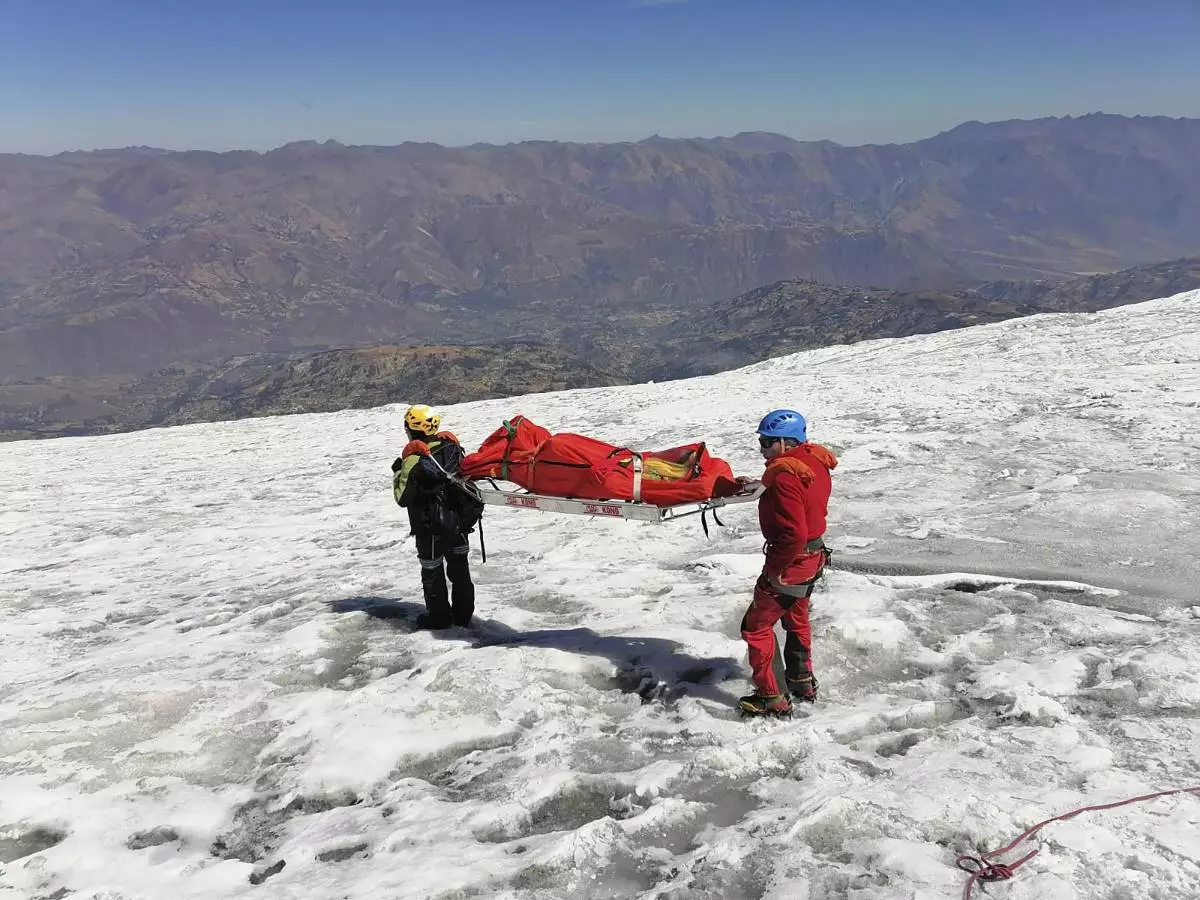
This photo distributed by the Peruvian National Police shows police carrying a body that they identify as U.S. mountain climber William Stampfl, on Huascaran mountain in Huraz, Peru, July 5, 2024. Peruvian authorities announced on Tuesday, July 9, 2024, that they have found the mummified body of the American man who died 22 years ago, along with two other American climbers, after the three were trapped in an avalanche while trying to climb Peru's highest mountain. (Peruvian National Police via AP)


